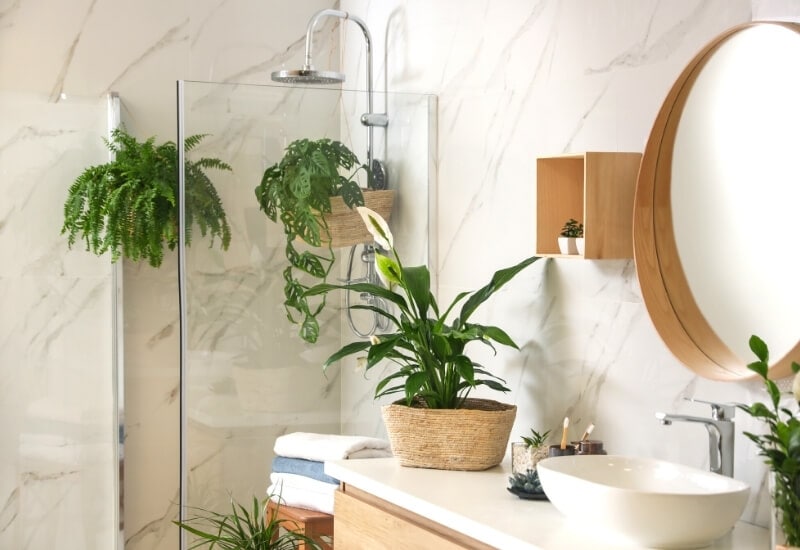Climbing plants are a great way to add an extra layer of life and beauty to your home or garden. They bring color, texture, and life to any room they’re in.
However, there’s a lot of climbing plants out there so it can be hard to know which ones will work best for your space.
What are Climbing Plants?
Plants are often used in gardens and landscaping to provide a natural, aesthetic feel.
Plants are also used as a means of controlling erosion, preventing soil from getting washed away by rain or wind. They can also be used to reduce the amount of dust that is kicked up and create a more pleasant working environment for people who work outdoors. .One of the major uses of plants is to remove greenhouse gas emissions and produce oxygen.
Plants are grown for their:
- flowers
- fruit
- foliage
They are also grown for their medicinal properties or as an insect repellent (e.g., peppermint). Leaves are used for food. Spinach leaves, and parsley leaves all make good green salads.
6 Excellent Climbing Houseplants
Types of Climbing Plants & How They Grow
One of the most popular types of climbing plants is ivy. Ivy can be used as a ground cover or a plant to climb up walls. It grows quickly, but it does not need much sun or water to survive.
There are many other types of climbing plants that are growing in popularity as well, such as honeysuckle, jasmine, and hops. They all have different features and benefits that make them unique in their own way.
However, for the sake of brevity, I will focus on the basil.Basil is a sub-tropical perennial and it is an aromatic herb that can grow up to 15 inches in height. Its leaves are dark green with slightly toothed edges and serrated edges. It has small flowers that form into dense clusters of red petals blooming in the summer.The basil plant is a member of the mint family and its stem has opposite pairs of opposite leaves. The flowers are composed of six soft, pink to red petals that look like tiny tongues on slender stems. It can be grown in a pot or garden bed with rich soil and ample water, although it is also able to tolerate seasons with more.
Different Types of Plant Supports
A plant support is a device that is used to provide support for plants in the ground. They are usually made of metal or plastic and are used to keep plants upright and growing.
The most common types of plant supports include:
- stake
- trellises
- cages
- stakes with hoops
- trelli
A trellis is a type of plant support that can be used in gardens to divide or provide structure to plants. They are typically made with metal or plastic and provide vertical space for plants to grow.
How to Care for Your Climbing Plants
There are many things that you can do to care for your climbing plants, but one of the most important things is to make sure that the plant has enough water.
The first thing to remember when watering your plants is to make sure that they have enough water. If they don’t have enough water, they will not be able to grow properly and will get sick more easily. One way you can tell if your plant needs more water is by looking at the soil. If it feels dry and dusty, then it needs some water. Another way you can tell if your plant needs more water is by looking at the leaves. If they are drooping or curling up, then it means that the plant is thirsty and should be watered right away!
What is the Best Time To Plant Them?
This is a question that has been asked for many years and has never been answered.
There are many reasons why people ask this question, but there are also many different answers. Some say that it is best to plant them in the morning because they will be able to grow better with all of the sunlight. Others say that it is best to plant them at night because they can grow with less water and have more time to soak up the sun before night falls.
You may also like:



